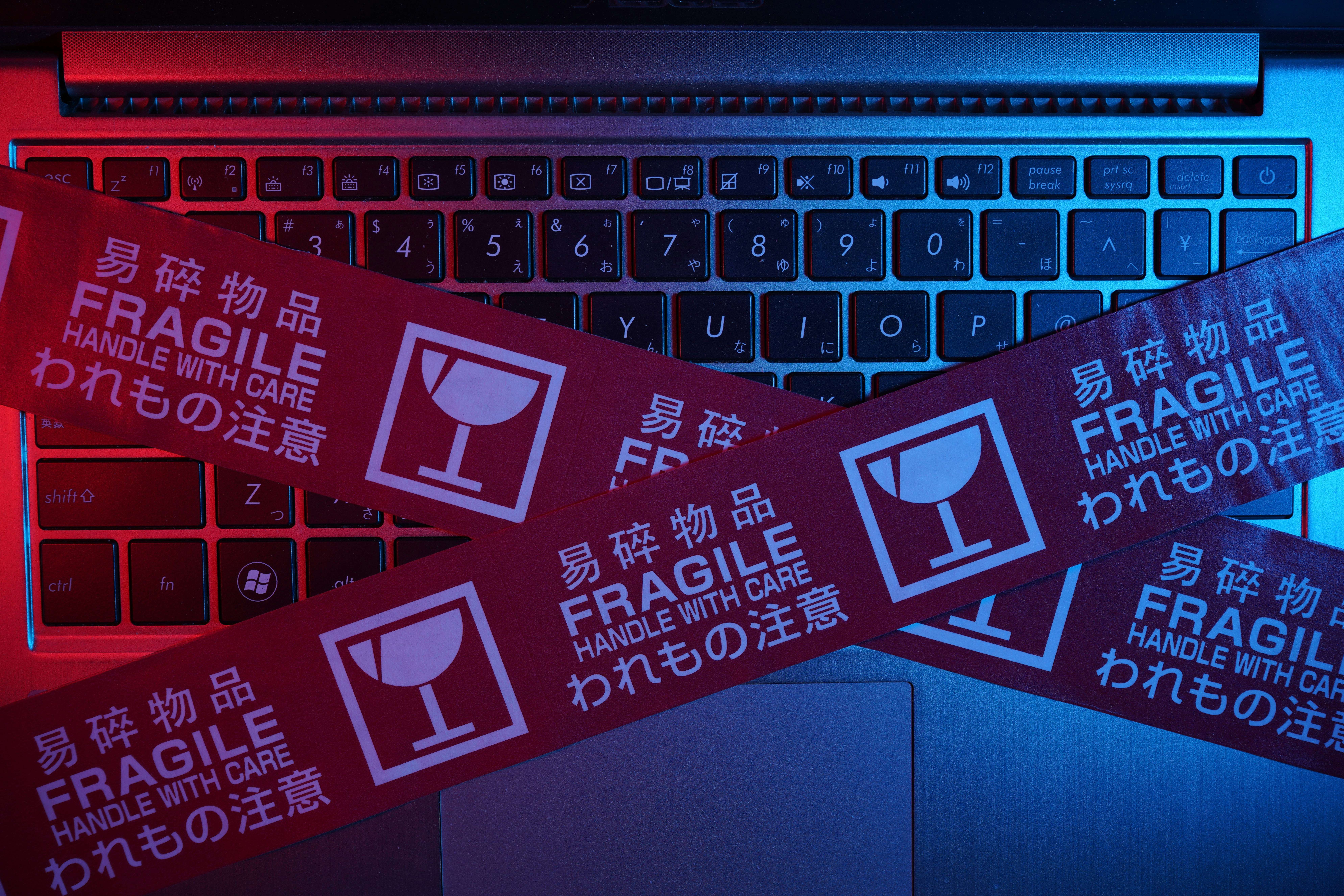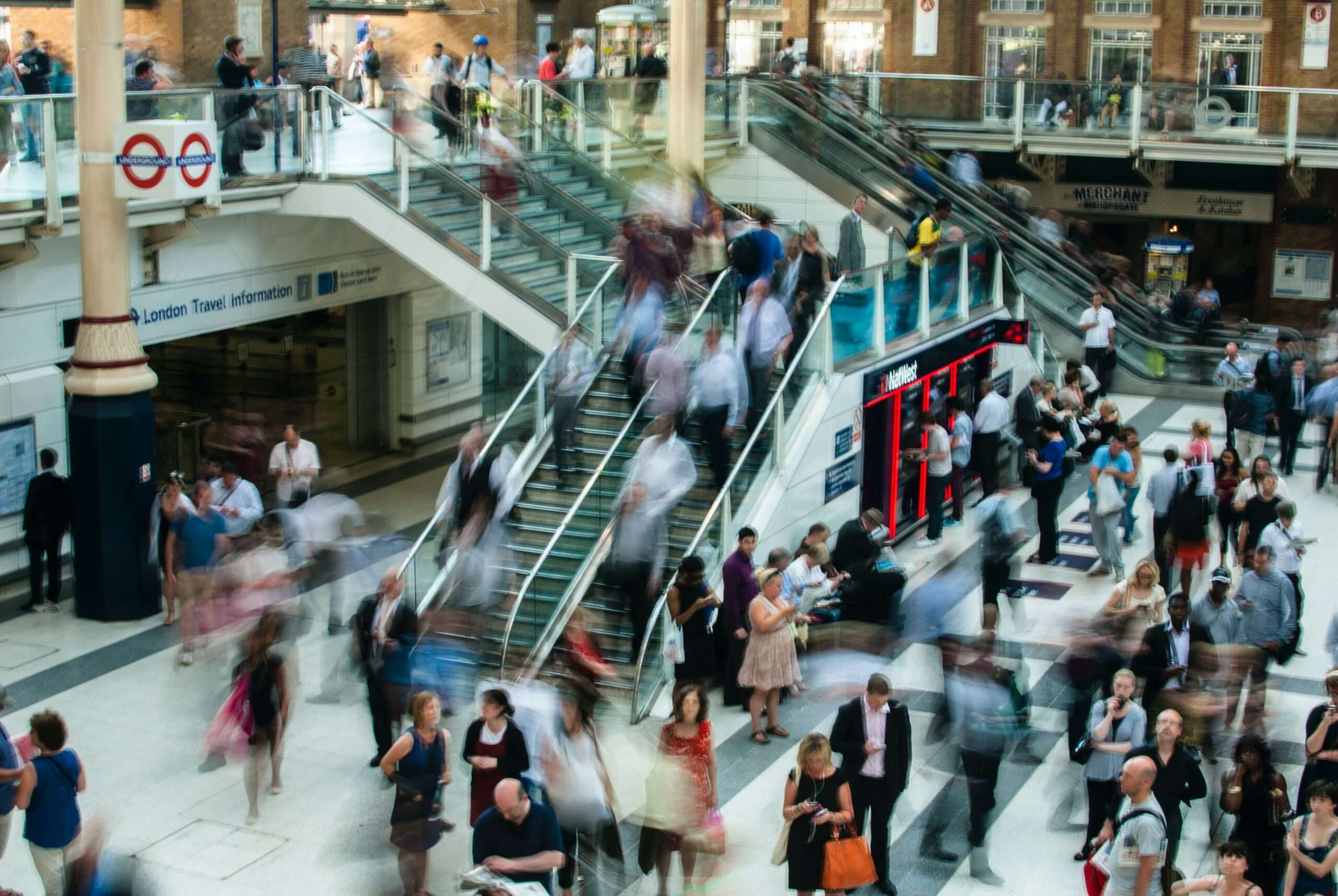Kevin Sneader discusses the new ideas and business models transforming industry landscapes.
Crises tend to give rise to remarkable innovations and insights. Today is just such a moment, raising challenges to many long-held beliefs about how companies should operate. In this episode of the Inside the Strategy Room podcast, McKinsey’s global leader Kevin Sneader talks with senior partner Celia Huber about the eight trends that will shape the post-COVID-19 economy, which he writes about in his recent article. Their conversation took place during a recent virtual event featuring conversations with business leaders around the world. This is an edited transcript of the discussion.
Celia Huber: Kevin, what do you see as the key trends that will affect businesses in 2021 and beyond?
Kevin Sneader: I want to begin with the caveat that business forecasting exists to make astrology look good. Forecasts are always difficult, particularly at a time like this when a high level of uncertainty remains. But if I had to put a stake in the ground, I would point to eight trends that will shape the landscape ahead.
The first one is innovation. This has been a period of incredible innovation and we can go all the way back to the 17th century to understand why. The first great work-from-home experiment occurred after the bubonic plague struck London and the south of England. It led the University of Cambridge to send its students home, and that was when a young student by the name of Isaac Newton sat in his garden and watched an apple fall. From there, the concept of gravity and other theories flowed that the world put into application. We are finding similar levels of amazing innovation now. The number of new patents being granted in the US is running at twice the levels we saw in 2019, and many other countries have also seen significant increases. Much of that, of course, is because traditional employment has been affected, which speaks to the notion of necessity being the mother of invention. I think what will happen in the years to come will occur because of the innovations taking place here and now.
The second trend is around consumer behavior. A recent McKinsey report featured a stickiness index that looked at which of the many new consumer behaviors will stick. We have seen ten years of digital innovation in roughly three months and e-commerce across the globe has increased by two to five times from the levels prior to the pandemic. That will have a profound impact in a number of sectors. E-grocery, for example, we don’t think will turn back. The incredible increase in virtual healthcare we don’t think will turn back. The increased investment people are making in their homes will not go back. On the other hand, remote education does not feel so great, and live entertainment will return. But there has been a fundamental shift, and that shift will be greatest for the lower-income groups that have been most affected by the pandemic.
Of course, there is much talk about the environment—the third trend—particularly in the run-up to the COP26 [UN Climate Change Conference] in my hometown of Glasgow, and what type of recovery we will have. I think the answer, in the words of Mark Carney, will be “50 shades of green.” It will be a green recovery but the shade will vary depending on each region’s starting point. But we have to change the way we think about this. Climate change is an existential risk but it is also probably the biggest opportunity of our generation in terms of the scale and scope of investment needed to ensure the recovery is more green than brown. The numbers are staggering: about $3.5 trillion in energy infrastructure investment every year. The question for business leaders is, how do we participate in and shape a recovery that has 50 shades of green?
Another trend that will shape the future is the one that has been shaping our lives over the past 15 months: healthcare. There will be a health revolution. It’s already under way. In-person visits to the doctor’s office have given way to telehealth and that will continue. But science is not standing still. While the recent spending on healthcare may get dialed back, it has nevertheless been a massive step change. The COVID-19 pandemic has led to $180 billion being spent on research to get us to vaccines and other tools. The previous healthcare crisis involving the Zika virus saw $1.1 billion in spending, so this is 180 times the level of investment. We will see sustained investment increases and scientific progress, which is why the “bio revolution” is so important.
Much of it, of course, is funded by government. Throughout this crisis, government has become the lender, payer, and owner of last resort across a whole swath of industries. And with increased involvement comes increased government scrutiny, so the fifth trend for businesses will be coping with that increased involvement.
“Throughout this crisis, government has become the lender, payer, and owner of last resort across a whole swath of industries. And with increased involvement comes increased government scrutiny.”
Kevin Sneader
The sixth trend is around the restructuring of corporate portfolios. Last year saw a significant shift in value, with the top quintile of companies gaining $240 billion of economic profit while the bottom 20 percent lost $400 billion. That is now being reflected in how portfolios are shifting and deal volumes are at record levels.
The seventh trend involves shifting supply chains. Geopolitics is part of that, especially the US–China relationship, but many other forces are at work. For one, the past year highlighted the need for greater resilience. At that same time, you cannot change your supply chain overnight—in fact, fewer than 25 percent of all supply chains could relocate over five years—but we will nevertheless see changes in supply chains.
Finally, for the eighth trend, we will see a return to air travel, although it may not be what we experienced before. Global air traffic has fallen dramatically and we expect it will not it return to prior levels until 2024. Business travel may be even slower, and 20 percent of the traffic may never return. But just as we have seen “revenge” shopping, I think we are all looking forward to revenge travel.
As I reflect on these trends, it is clear that the pace of change will never be this slow again. If anything, we will see an increase in the pace of change, because many of these trends were already there before the pandemic and have accelerated.
Celia Huber: I am certainly looking forward to some revenge travel. You spoke about innovation and a lot of that has been digital. How do you see those innovations affecting jobs?
Kevin Sneader: The rise of digital will affect the future of work in several ways, and it is important to understand each of them. The work-from-home experiment sometimes gets discussed as if it applies to everybody, but let’s remember that it primarily pertains to advanced economies. Only about 25 percent of workers can do their jobs three days a week or more without being on-site. This is a group that takes a shower before they go to work. We cannot forget that most people take a shower after they have been at work, and there is a risk of a growing divide between those two groups. As somebody at an industrial company said to me the other day, “We work in the tower next to a manufacturing facility. I can’t tell the people in the tower it is okay for them to work from wherever they want and at the same time tell the manufacturing people I expect them to return to the plant.” This will require collectively and consciously developing a hybrid model.
The second way digital is affecting work is, of course, e-commerce. We are going to see a continued rise in delivery, transportation, and warehouse jobs, but we have to understand that in the context of something else digital is driving, which is automation. Automation has been accelerated because of this pandemic. Our surveys show that roughly 70 percent of companies have increased their commitment to automate at least parts of what they do. Before the pandemic, we projected that two-thirds of jobs would see roughly 30 percent of their component tasks being automated and because of that, we anticipated a significant shift in the workforce. We now think that shift is at least 25 percent greater than we previously forecast.
“Only about 25 percent of workers can do their jobs without being on-site. This is a group that takes a shower before work. We cannot forget that most people take a shower after work, so there is a risk of a growing divide between those two groups.”
Kevin Sneader
Ultimately more jobs will be created than lost because of the forces I just described. In the near term, however, we have a problem because the sectors that many thought would pick up the slack, such as retail and hospitality, have been very severely affected and will not quickly bounce back. And the transportation, delivery, and logistics jobs will not make up for the shortfall. For example, we estimate that in the United States, customer and food service jobs could fall by around 4.3 million employees while transportation can add 800,000 jobs.
This is an issue the private and public sectors need to address jointly. The fact that we will see an even greater level of employment displacement creates social challenges that are part of the context for some of the disruptions and protests around the world.
Celia Huber: The job shifts will have major implications for the service economy. How will that affect the consumer recovery?
Kevin Sneader: Part of it depends on geography. I recently saw a headline that US retail is up 10 percent. That’s a staggering number and we will see that repeated in many places where a health recovery leads to an economic recovery. The United States and the United Kingdom are now among the leaders in the proportion of the population that has been vaccinated, Asia is at 60 percent, and in those countries, we can see the economy starting to move.
It is worth remembering, however, that this is a disruption unlike any other. It was not caused by an economic storm but a health storm. Many, in particular higher-income and older populations whose jobs have been less affected, have been saving. The savings rates have more than doubled in the US and the UK. These people can return to spending much more rapidly than those who are younger and in jobs that were displaced because of the pandemic. The middle- and higher-income people, especially in advanced economies, will probably recover quite rapidly, but the rest will face more uncertainty. They don’t have the same level of savings to fall back on. They are very dependent on stimulus measures. So this has been a pandemic which, left to its own course, will accentuate the inequalities that are below and sometimes very much above the surface.
Celia Huber: You have written quite a bit about stakeholder capitalism. Can you explain why that matters now?
Kevin Sneader: I have been writing about it because it is one of the things I get from my home country of Scotland. Adam Smith, who is known as the father of the free market and the invisible hand, was a professor of moral philosophy at the University of Glasgow, and in 1759 he wrote The Theory of Moral Sentiments. He wrote, “we should view ourselves, the person of commerce, not in the light in which our own selfish passions place us, but in the light in which any other citizen of the world would view us.”
In many ways, stakeholder capitalism is a rediscovery of the history of capitalism. Companies need to satisfy more than just shareholders. I recognize the arguments that this might dilute focus. Don’t we need to respect the purity of capitalism? Well, look at the challenges we now have in our communities. We have studied consumer attitudes, for example, which takes you into the world of multiple stakeholders, and found that 50 percent of consumers who are disappointed with a brand’s stance on a social issue stop buying it. We know that workers increasingly consider an organization’s social and environmental commitments when deciding where to work. And governments can intervene. Governments can choose to make things more difficult if they feel the business community is not listening. There are a lot of compelling hard and soft arguments for stepping away from the old Milton Friedman adage that it is all about shareholders and taking the broader view that the art of leadership and management is always about balancing choices: multiple choices for investment, multiple choices in how you spend your time, and multiple choices in terms of how you think about success.
Celia Huber: So it is a return to capitalism as originally envisioned? I like that, Kevin. So what do you think business leaders will take away from this past year that will change how they operate?
Kevin Sneader: Business leaders have had the opportunity to connect far more directly with people. Many CEOs have said to me, “I understand much more, not less, what is happening because I am now able to reach out directly to the sales team or an operational site.” People are going on drone visits to manufacturing locations. On any given day, you can be on four continents. Think about what that means in terms of connection. The irony is that at a time when we feel less connected because we miss the in-person experience, we are more connected in terms of what gets accomplished. I think some of that will be retained.
The other part that I think will be retained is speed. Speed is a choice, not an outcome. You can choose to make decisions rapidly or not, and many CEOs and other executives have made the choice for speed.
The article was first published here.
Photo by S O C I A L . C U T on Unsplash.

 1.0
1.0 





















